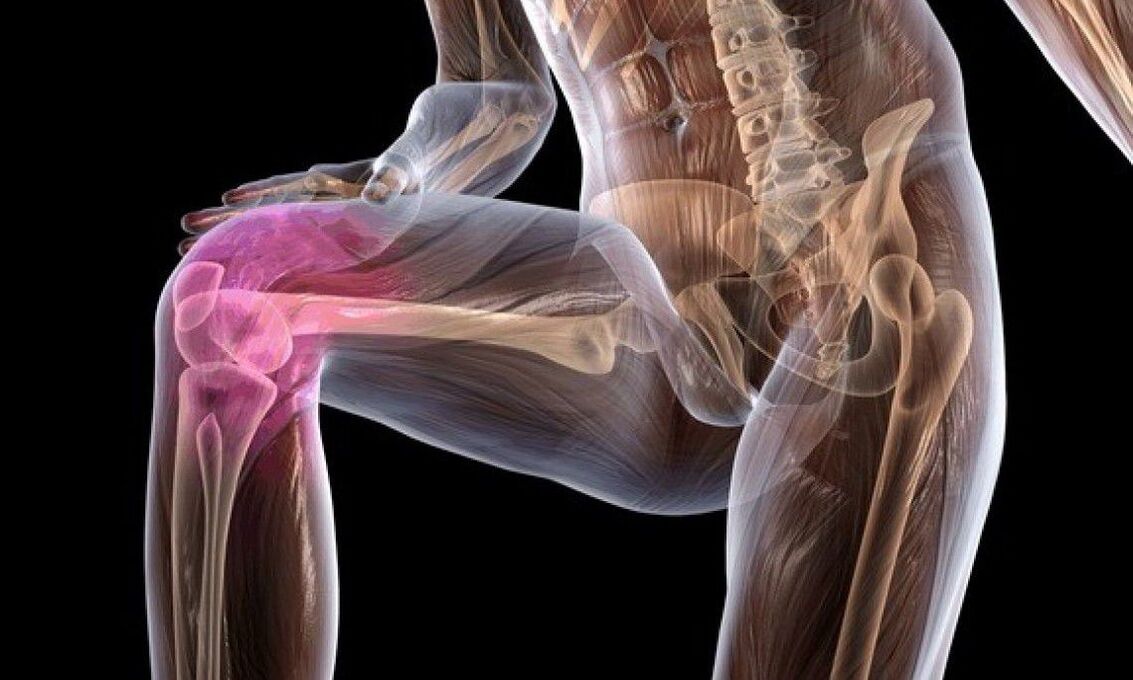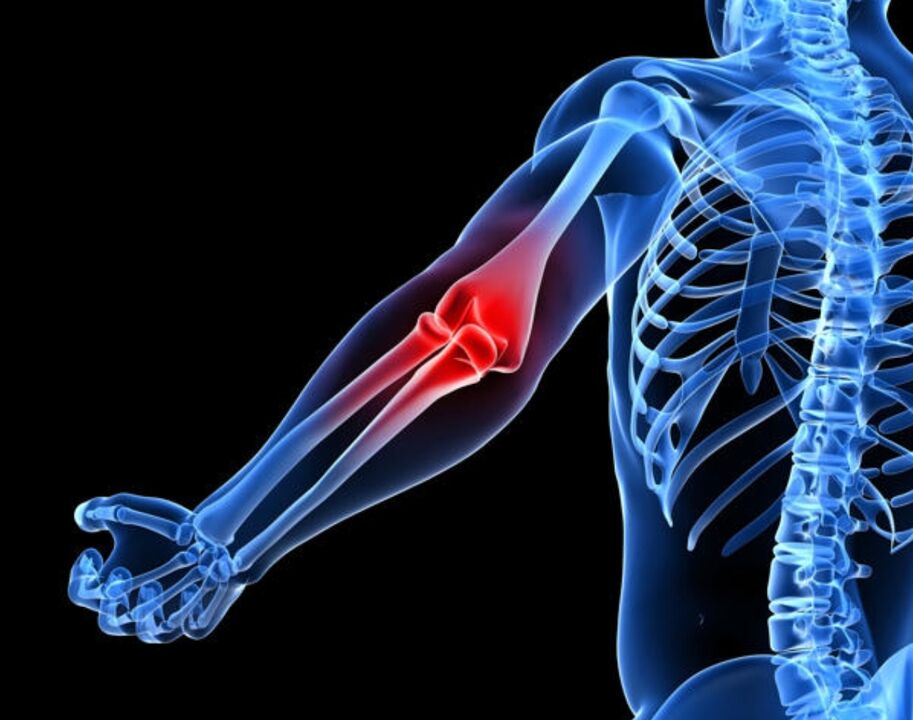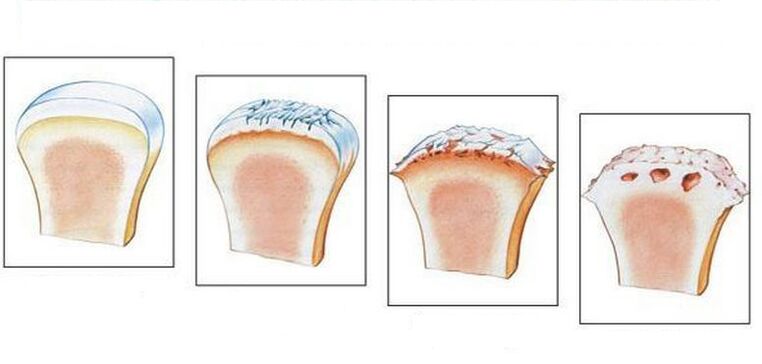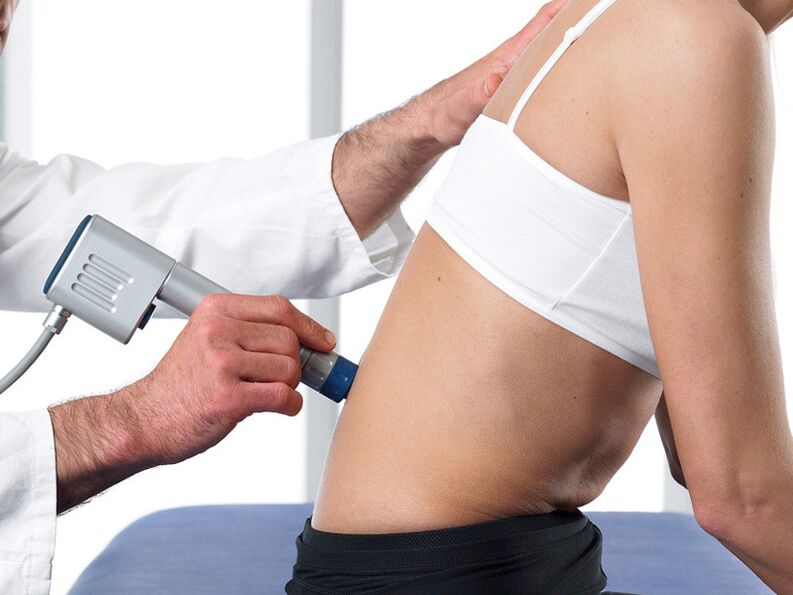
Osteoarthritisis a chronic non-inflammatory disease of the joints or articular cartilage, as well as the tissues surrounding them. Osteoarthritis is one of the most common diseases affecting 10-14% of the world population. Basically, this disease affects women between the ages of 45 and 55. Osteoarthritis is the most common joint disease and accounts for nearly 80% of all joint etiology.
The etiology of this disease is currently unknown.. . . All the factors that cause tissue degeneration and aging of the body can lead to the onset of this disease, therefore, with age, the appearance of osteoarthritis is almost inevitable.
There are external and internal factors in the onset of this disease.The main external factors of osteoarthritis include moisture, hypothermia, unfavorable working conditions, functional overload of the joints with frequent microtrauma, as well as exposure to radiation energy and vibrations. The main and fairly common cause of osteoarthritis is the inability of the cartilage to resist the increased stress on the joints. The reasons for this manifestation can be impaired posture, long-term work, standing and even some sports - weight lifting, running or jumping.
Internal factors that cause this disease include the following: hereditary predisposition to the onset of diseases of the cartilage tissue, impaired blood supply to the joint, hormonal imbalance and metabolic disorders. The cause of osteoarthritis in women can be ovarian dysfunction in menopause. In addition, vascular processes with early development of atherosclerosis can also be the cause of this disease.
Osteoarthritis also has secondary development in diseases such as congenital dislocation, rheumatoid arthritis, intra-articular fractures, and even with alcoholism.
What are the symptoms and clinical signs of this disease?
The manifestation of osteoarthritis is expressed by severe pain and deformation of the joints, which leads to a violation of their functions. With this disease, damage to the load-bearing joints (hip and knee joints) and small joints of the hand most often occurs. The spine is also involved in the process. But most often the knee and hip joints are affected.

The most basic symptomwith osteoarthritis, there are severe pain in the area of the affected joints. These pains cause damage to the bones, joints or periarticular tissues. Typically, this pain increases with exertion and decreases with rest. Night pains, joint swelling and the appearance of a feeling of "gel stickiness" in the affected joint in the morning - all this indicates the onset of osteoarthritis. The intensity of this pain depends on many reasons (atmospheric pressure, humidity and changes in temperature). All these factors begin to affect the pressure in the joint cavity, which causes these pains.
The next of the main symptoms of osteoarthritis is the appearance of a creak or creak in the joints, not only when walking, but also during any movement. The appearance of such a creak or creak is associated with a violation of the joint surfaces, which causes a limitation of mobility in this joint.
With osteoarthritis, an increase in the volume of the joints occurs, which is a consequence of the appearance of edema of the periarticular tissues. Swelling or fever in the affected joint are extremely rare.
Clinical forms of osteoarthritis:
- Gonarthrosis.
- Coxarthrosis.
- Arthrosis of the distal interphalangeal joints of the hand.
- Arthrosis of the proximal interphalangeal joints of the hands.
- Deforming spondylosis.
- Intervertebral osteochondrosis.

gonarthrosisIt is a knee joint injury in osteoarthritis. In this case, pain in the knee joints is expressed when walking, and they are especially intense if you go down the stairs. The place of localization of these pains is in the inner and anterior parts of the affected knee joint. Increased discomfort occurs when the knee is bent. Also, in many cases of gonarthrosis, there is a deviation of the knee joint. The disease begins gradually and the pain is growing. With active and passive movements, a creak can be heard. The pain begins to intensify and in many cases synovitis develops, an inflammation of the membrane of the joint capsule or tendon.
coxarthrosis- This is a hip joint injury. The initial pain of a hip injury does not appear in the thigh area, but in the knee, groin or buttock. They increase with walking and decrease at rest. These pains, which occur with even small changes on the x-ray, are associated with muscle spasms. With the defeat of the hip joint, there is a gradual increase in the limitation of mobility in the joint. This disease is a consequence of trauma or arthritis. With coxarthrosis, there is a "duck-like" gait, which develops lameness, muscular hypotrophy of the buttocks and thighs. Also, there is pain on palpation in the femoral head area.
Arthrosis of the distal interphalangeal joints of the hand or Heberden's nodules. . . The appearance of such nodules is most often observed in women during menopause. Initially, they appear on the 1st and 3rd fingers of the hand. Over time, i. e. after several months or even years, a symmetrical lesion is observed in other distal interphalangeal joints. Such nodules are located on the dorsolateral surface of the joints.
Arthrosis of the proximal interphalangeal joints of the hands or Bouchard's nodules. Unlike Heberden's nodules, these nodules appear on the lateral surface of the joint, resulting in lateral enlargement of the joint. As a result of this increase, the finger acquires a fusiform shape.
Deforming spondylosis- as a result of this disease in the region of the vertebrae, marginal bone growths appear. This disease appears from the age of 20. Osteophytes (bone growths) look like swelling - edema appears due to vascular compression. As a result, spinal stiffness appears, and in some cases neurological disorders appear.
Intervertebral osteochondrosisoccurs in conjunction with curvature of the spine or deforming spondylosis. With this disease, the disc degenerates and the nucleus protrudes in different directions, and this leads to trauma to the spine. There is also an overgrowth of osteophytes and an increase in the surface of the joint. In this case, the choroid of the joint suffers, as a result of which vasculitis occurs, an inflammation of the walls of small blood vessels. The pain syndrome is very pronounced and increases with physical exertion or hypothermia.

There are two main forms of osteoarthritis- is primary or idiopathic (the causes of the disease have not been clarified) and secondary (the disease occurs against the background of other diseases).
Primary osteoarthritisit is localized when less than 3 joints are involved. With localized osteoarthritis, the spine, joints of the hands and feet, knee joints, hip joints and other joints are affected.
There is also generalized osteoarthritis, when 3 or more joints are affected. In this case, the large joints and distal interphalangeal joints are affected. In addition, in the generalized form, erosive osteoarthritis also occurs.
Secondary osteoarthritisit can be post-traumatic. In addition, the causes of secondary osteoarthritis can be metabolic diseases such as Gaucher's disease, which is a genetic disease; Wilson's disease is a rare form of liver damage in which copper metabolism is impaired; hemochromatosis or, as this disease is also called, bronze diabetes or pigmentary cirrhosis, is a hereditary disease in which there is a violation of iron metabolism and its accumulation in organs and tissues. Diseases such as diabetes mellitus, hypothyroidism - a decrease in the function of the thyroid gland, acromegaly - growth hormone hyperfunction, can also be the causes of osteoarthritis. Apart from these diseases, osteoarthritis can also cause calcium deposit diseases, neuropathy and many other diseases.
What happens with osteoarthritis?
With this disease, intensive aging of the articular cartilage occurs. As a result, there is a loss of elasticity of the joint cartilage. In addition to the fact that the joint surfaces become rough, cracks still appear on them. In many cases, the cartilage is worn enough to expose the bone. All this leads to a decrease in the elasticity of the joint cartilage and causes the breakdown of the joints. In addition, inflammation can join all the listed changes, as a result of which the growth of bone tissue occurs, and this leads to diseases and deformations of the joints.

Diagnosis of arthrosis
Diagnosis of osteoarthritis in many cases does not cause great difficulties. But there are exceptions, for example, patients with a shoulder joint injury and symptoms of joint inflammation. Difficulties may also arise in diagnosing primary and secondary osteoarthritis, the onset of which is associated with metabolic or other diseases. On X-ray examination, signs of osteoarthritis are quickly detected (especially in the elderly) if clinical signs of osteoarthritis are present. To make a definitive diagnosis, there are not enough x-rays and laboratory data. To do this, it is necessary to conduct a number of additional studies to identify the exact cause of pain in the joints.
Treatment of osteoarthritis
In order to completely reduce or suppress pain, there are both pharmacological and non-pharmacological methods, which include physical therapy and physical therapy. To prescribe the correct treatment, an individual approach to each patient is required. In this case, the individual characteristics of the patient and the peculiarities of the course of this disease are necessarily taken into account.
In the treatment of osteoarthritis, it is first of all necessary to observe the regimen, since the mechanical unloading of the joint is not only the main factor in reducing pain, but also plays an important role in the treatment of this disease. In this case, it is necessary to exclude a rather long stay in a certain fixed position, a prolonged walk and a long position on the legs, as well as the exclusion of the transfer of weights that can lead to mechanical overload of the joints. If the disease is neglected, the patient is advised to walk with crutches or a cane. With rather pronounced pains at the time of exacerbation of the disease, some patients are prescribed a semi-bed regimen.
When treating osteoarthritis, it is recommended that you follow a diet to reduce excess weight. This is especially true for those who have a knee joint injury.
In addition, physiotherapeutic methods are used in the treatment of this disease, which not only reduce pain and inflammation, but also have a positive effect on metabolic processes in the tissues of the joints and improve microcirculation. Physiotherapy treatments include the use of electric currents, alternating magnetic currents, electrophoresis, as well as ultraviolet radiation and phonophoresis on the affected joints. In addition, thermal procedures, the use of peat mud and paraffin wax are prescribed.
Using therapeutic massage elements, patients should try to avoid mechanical irritation of the joint capsule. Only in this case there is a decrease in painful muscle spasm, and the tone of weakened muscles also increases, as a result of which the patient's functional abilities improve.
Drug treatment is prescribed depending on the form of the disease and the severity of its course. In severe cases, patients are prescribed surgical treatment (arthroplasty).
In addition, patients are advised to resort to spa treatments on the sea coast.
Prevention of arthrosisconsists in the daily execution of particular exercises that help to strengthen the musculo-ligament system. Eliminating excess weight, limiting carrying weights, and including dishes such as jelly, jellied meat, or jelly in the menu are all preventative measures for osteoarthritis. And, of course, to practice a sport such as swimming. It should be remembered that it is better to prevent any disease than to cure it. The same is true for diseases such as osteoarthritis. In order not to think in the future about how to get rid of severe pain in osteoarthritis, as well as how to cure this disease, it is necessary to take preventive measures today, without putting them off until later.
Treatment of deforming arthrosis by various methods
The high qualifications and experience accumulated in the use of shock wave therapy allow to obtain the maximum positive effect of the treatment even in the advanced stages of the disease, avoiding surgical treatment in many cases.
Shock wave therapy is performed on a modern apparatus:

- the course of treatment of arthritis, arthrosis by the UHT method consists of 5-7 sessions;
- the session is carried out 1 time in 5-7 days.
Under the influence of a shock wave, microcrystals of calcium salts and areas of fibrosis that form in the tissues of the joints loosen in the affected tissues. At the same time, blood flow in damaged tissue increases tenfold, which contributes to the resorption of calcium salts and areas of fibrosis.
Advantages of the SWT method:
- efficiency;
- good tolerance (does not require the use of anesthesia);
- reduces the need for other methods, especially surgical treatment;
- quick pain relief without analgesics;
- the possibility of using in the chronic stage of the disease and with its primary manifestations;
- performed on an outpatient basis, does not require hospitalization, does not interrupt the patient's normal rhythm of life.
Photodynamic therapy in orthopedicsIt is a non-invasive and uncomplicated two-component treatment method. A photosensitizer and a laser radiation source approved for medical use with a wavelength of 660-670 nm are used to implement the method.
Under the influence of a laser beam, a photosensitizer is excited with the release of singlet oxygen, which toxicly affects the energy complexes of the cell (mitochondria and Golgi complex), destroying the latter and thus triggering the irreversible process of apoptosis . At the same time, healthy cells are not damaged. The damaged pathological tissue is absorbed aseptically.
The photosensitizer is injected into the patient's body transcutaneously (applications).
PRP plasma lifting- This orthopedic procedure is based on a patented method of treating the patient's blood using special vacuum biotechnological tubes and a special centrifugation mode.
During the procedure, a platelet-containing form of autoplasmic injection is isolated from the patient's blood, which is then injected into the soft tissues surrounding the joint and directly into the patient's joint cavity. Injections of autoplasm can reduce inflammation, relieve pain, and restore joint mobility. The autoplasmic treatment procedure minimizes the number of drugs used or eliminates them altogether, thereby reducing the toxic effect of drugs on the patient's body. In addition, autoplasmic injections help reduce the treatment time by 2-3 times.
Indications for the procedure (PRP plasmolifting):
- arthrosis;
- arthrosis;
- periarthritis;
- tendinopathies,
- damage to ligaments and muscles.
Therefore, shock wave therapy, photodynamic therapy and plasma lifting (PRP) in orthopedics are the best choices for the treatment of joint diseases. With the use of modern equipment and technologies and the experience of doctors, they allow you to achieve positive results.

















































